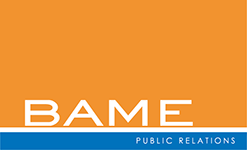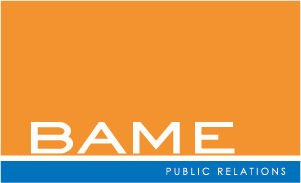Seven Elements to an Effective PR Plan
Good public relations work, in law or in any other industry, is not the same as committing random acts of publicity.
If you were trying to improve your health, you would set goals for yourself (weight loss, blood pressure reduction, etc.), then figure out your tactics (exercise on a regular basis, diet, medicines), then set metrics that mark your progress (lose 15 pounds in two months). In a similar way, your PR work will be most effective if you set forth a public relations plan before you make your first phone call to a reporter or write your first blog post.
In addition to focusing your work in a specific direction and increasing your chances of success, having a written PR plan will help convince your clients or your supervisors that you have thought through the firm’s problems and are spending its time and money purposefully in order to increase awareness and help the bottom line.
Here are seven elements of a good PR plan:
- Understand your firm’s position in the market and its competitors’ positions. Figure out where there is room for your firm to gain market share or recognition through PR. Let’s say that your research shows that your firm may be able to get more clients for its trademark work and that this new work would be lucrative. But your firm is not now well-known for trademark law.
- Establish your specific goals. For example, a goal of your PR campaign could be for the firm’s attorneys to be perceived as thought leaders in trademark law.
- Define your audiences. Whom are you trying to reach with the message and where can they be found? This could be corporate general counsel, trademark counsel, partners in other law firms, or individual entrepreneurs.
- Choose your tactics and channels. One way of being perceived as trademark thought leaders would be by being widely quoted in trademark-law media such as magazines, websites and blogs. These outlets are likely to be read by the people you want to reach with your message.
- Create a pitch to be directed to these channels. Should you write a press release? Should you make calls to the writers and editors of these outlets? Should you make your lawyers available for one-on-one meetings? Should you go to trademark conferences and meet the media leaders in person at the conferences?
- Create a schedule. When does the project start? Should it have more than one phase? If certain outlets respond quickly, will you focus all your attention on them?
- Define what constitutes success for the project. Is it the number of times the attorneys are quoted? The number of page views? The number of new phone calls to the trademark lawyers from prospective clients in a given month?
Your PR plan will provide you with the basic organizational and operational elements that will increase your chances of success.




